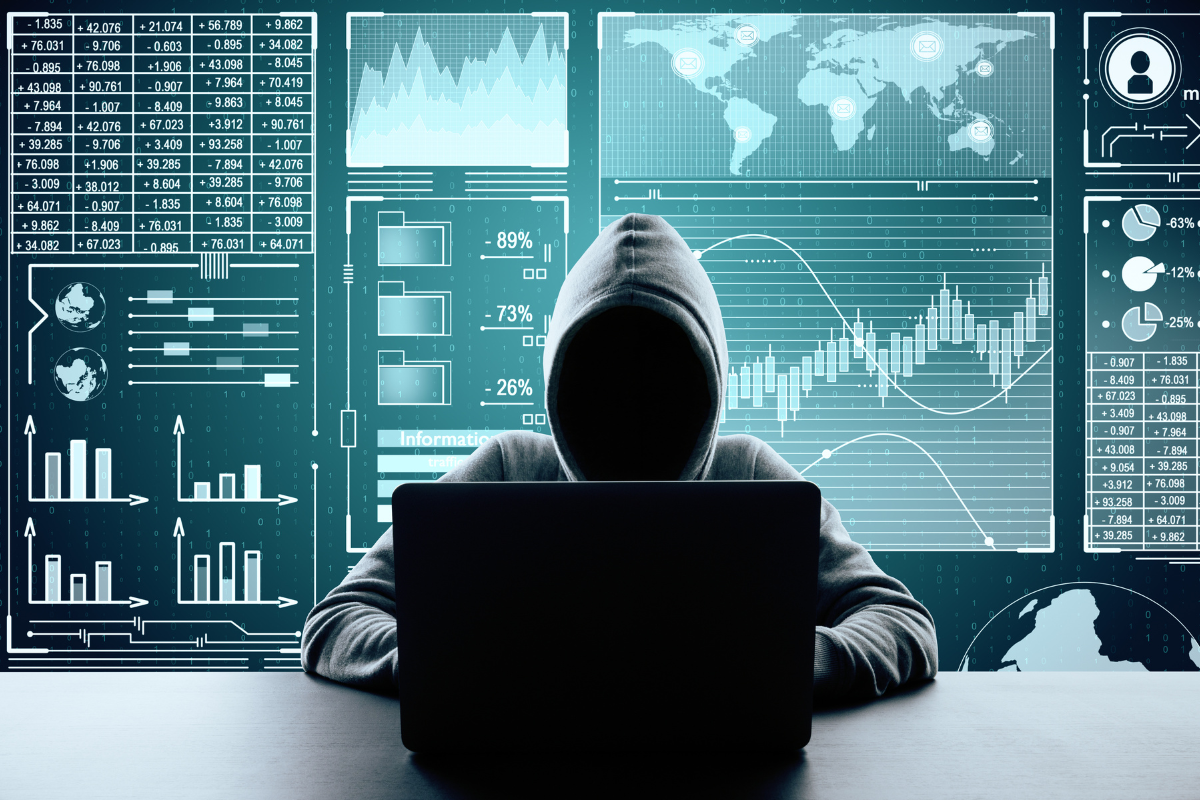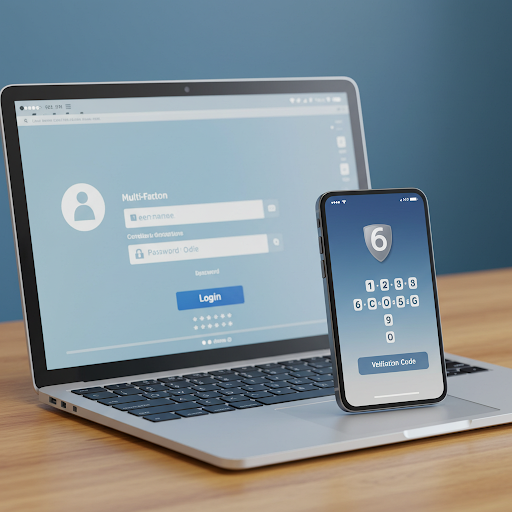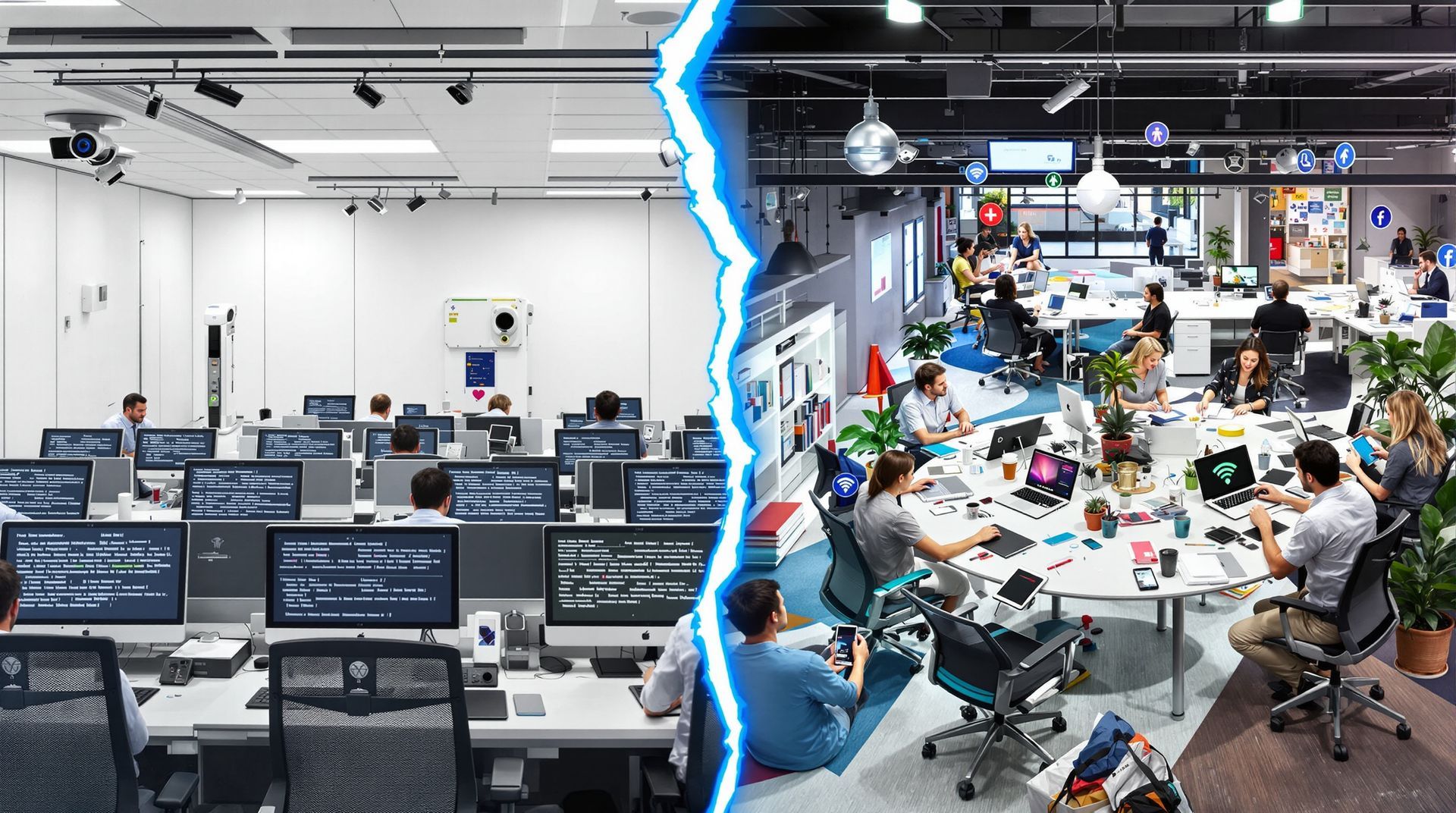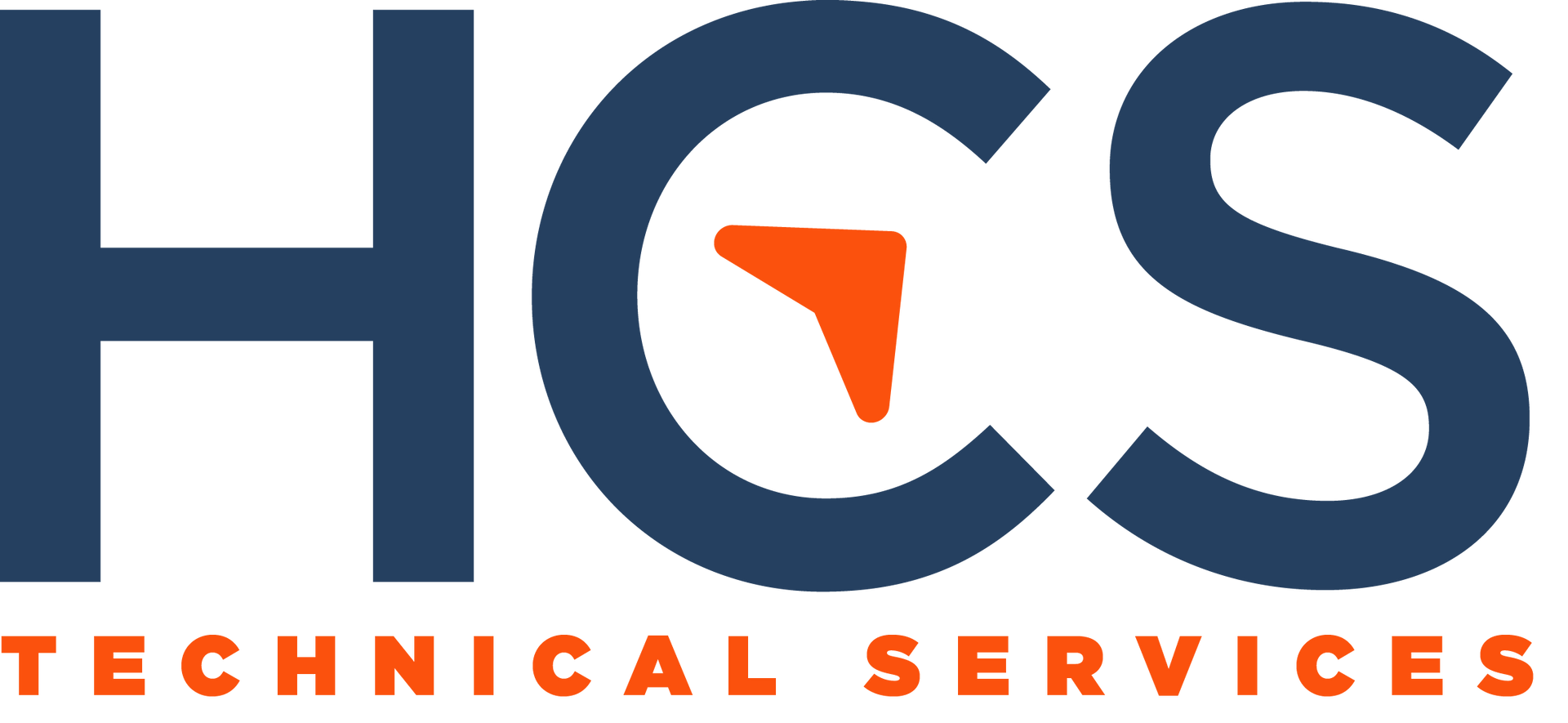How Can I Save Money on IT Infrastructure Without Sacrificing Quality?
Lean IT: Maximizing Value While Minimizing Costs

IT infrastructure costs can quickly add up for small and medium-sized enterprises (SMEs), with expenses like servers, software licenses, and maintenance draining budgets and limiting potential. Many business owners find themselves asking, "How can I cut costs without cutting corners when it comes to my IT infrastructure?"
The Cloud is Your Cost-Saving Solution
The answer lies in the cloud. Cloud-based services are revolutionizing the way SMEs allocate their IT budgets by offering scalable solutions that grow with your business. By moving to the cloud, you can access enterprise-level technology without the hefty upfront costs.
Actionable Tip: Analyze the Costs and Benefits
Before making the switch, conduct a cost-benefit analysis comparing traditional IT infrastructure with cloud services. Look for scalable options that allow you to pay only for the services you actually use. This will help you identify the most cost-effective solution for your business.
The Advantages of Cloud-Based IT Infrastructure
- Cost Savings: With cloud services, you eliminate upfront expenses and pay as you go, only for what you need. This pay-per-use model can significantly reduce your IT costs.
- Reduced Maintenance Overhead: Cloud vendors handle maintenance and upgrades, freeing up your IT team to focus on more strategic initiatives and reducing operational costs.
- Flexibility and Scalability: Cloud-based infrastructure allows you to quickly adapt to market changes with easily adjustable IT resources, ensuring that your business remains agile and competitive.
Invest in Your Business's Future
By shifting to the cloud, you're not just cutting costs; you're investing in a flexible, scalable future for your business. The cloud enables your SME to access powerful technology previously available only to larger enterprises, leveling the playing field and fostering growth.
Get Expert Guidance
If you're still unsure about moving to the cloud, reach out to HCS Technical Services for personalized guidance. Their experts can help you identify the best cloud solutions for your specific business needs and budget, ensuring a smooth transition and maximum cost savings.
Don't let high IT infrastructure costs hold your SME back. Embrace the cost-saving and growth-enabling benefits of the cloud today and watch your business soar.
HCS Technical Services




FIND US
HCS Technical Services LLC
120 Riverwalk Dr. STE 310
San Marcos, TX 78666
LET'S CONNECT
Marketing by
Right Tool Media LLC
© HCS Technical Services LLC | Website by Right Tool Media







